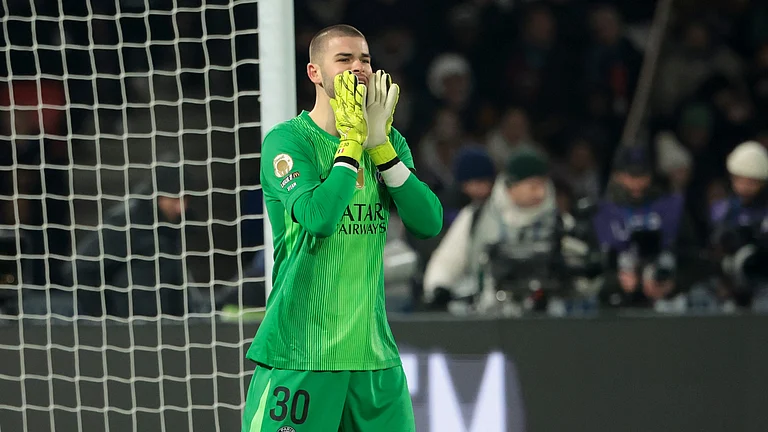Karanveer is excited about going to college next month. Two months ago, the 18-year-old passed the 12th standard CBSE examinations with 94.8 per cent. His successes haven’t come easy as he suffers from Duchenne Muscular Dystrophy (DMD), a genetic disorder that causes deterioration of muscles and eventually affects organs such as the heart and lungs. The symptoms started showing when Karanveer was two. “He was having problems getting up from the floor. We got a muscle biopsy done and it turned out to be DMD,” recalls his father, Ravdeep Singh Anand, a Bangalore-based businessman. There’s no cure yet for DMD.
From the age of five, Karanveer has been on steroids. “That’s what’s keeping him going,” says Anand. Fifteen years ago, Anand and his wife Movin were hopeful that something would emerge from the global research into treatments for DMD. “My son was growing older, the problems were getting bigger and nothing was coming. I started wondering why,” he says. The search for answers led Anand to Prof Steve Wilton of Murdoch University in Australia, who was pioneering a technique for dystrophin exon-skipping—the beginning of a remarkable endeavour by a parent to save his son.
An exon is the protein-coding section of a gene. DMD is caused by mutations in the gene that produces the protein dystrophin—this is the largest human gene with 79 exons. Broadly, the exon-skipping approach involves introducing a molecular patch to skip over exons that are defective—the goal being to restore the production of dystrophin, at least enough to stop the degeneration. In 2016, the US Food and Drug Administration gave an accelerated approval to the first drug for DMD developed by American firm Sarepta Therapeutics.
After shutting down a car breakdown helpline he ran and mortgaging property, Anand set up a lab in Bangalore in 2012 to figure out a way to address the problem. Today, his non-profit Dystrophy Annihilation Research Trust (DART) has applied for permission to start clinical trials for a treatment that could stem the muscle degeneration. “What we are doing is the first of its kind in the country and there’s support from the government,” says Dr Arun Shastry, chief scientific officer at DART, who is now working on a next-generation oligonucleotide in collaboration with Surajit Sinha of Indian Association for the Cultivation of Science. The Indian Council for Medical Research has given DART a safety study approval for its research. “Currently, it is a once-a-week injection. But we need to somehow move towards a cure,” says Anand.
It’s been tough for the Anands to manage their son’s ailment as well as get funds for DART. But help has come in different forms—for instance, the Bangalore school Karanveer attended put up hand-rails on the corridors and kept his classroom on the ground floor for years. Karanveer lights up when he speaks about his days there, especially how all the students had elected him, unanimously, as head boy.


























